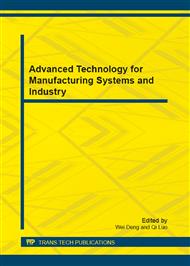p.693
p.697
p.705
p.709
p.714
p.720
p.725
p.731
p.736
Comparative Optimization on the Focusing Methods of Solar-Electric Dish Stirling System
Abstract:
Nowadays, the high-speed economic development has caused significant consumption of energy. While the circumstance is getting severer, solar energy is taken as a kind of clean, environmental friendly resource with infinite storage that has aroused a wide public concern. Photovoltaic and solar thermal are two main categories of solar applications. Because of its high conversion efficiency, low emission and flexible installation, dish Stirling solar power technology is more preferable to be used among the solar thermal area. From the view of practical engineering application, this paper illustrates multiple focusing methods of the current dish Stirling solar power systems in detail, and the comparison of these methods are given to analyze their advantages, disadvantages and their application scenarios. It can be used for the future development of dish Stirling solar power technology and applied as a reference for large dish solar thermal power plants’ installations and tests.
Info:
Periodical:
Pages:
714-719
Citation:
Online since:
November 2012
Authors:
Keywords:
Price:
Сopyright:
© 2012 Trans Tech Publications Ltd. All Rights Reserved
Share:
Citation:



